Hummingbirds, jewels of the Southern garden, are returning to our area after wintering in Central and South America. Find out how to welcome them home. - Story and photos by Dena Temple
Video (below) taken in Waveland in September, 2018 during the fall hummingbird migration. While 16 species of hummingbirds breed in the Northern Hemisphere, there is only one species that regularly inhabits our area, the Ruby-throated Hummingbird. The male is an iridescent green with a white underside and a red gorget (throat). As light is reflected off the gorget, it appears a fiery red; out of direct light, it appears dark. With wings that beat about 70 times per second, hummingbirds can indeed hover as well as fly backwards and upside down. They are interesting to watch and worthwhile to attract to your yard. There is no trick or special formula to attract hummingbirds. You just need to understand that all living things require three things to survive: food, shelter, and water. If you provide those things for hummingbirds, they will visit your yard, too. First, let’s talk food. Hummingbirds subsist on a combination of insects and the nectar from tubular-shaped flowers. While you probably won’t be able to set up an insect diner for the hummers, supplying nectar is as simple as putting out a hummingbird feeder. The feeder needn’t be fancy, or expensive; most wild bird stores and many garden centers have inexpensive feeders available. When selecting a feeder, be sure to choose one that is easy to clean, because you’ll be cleaning it often. My personal favorite is the Aspects Mini HummZinger (shown). It is extremely easy to clean and fill, and it comes with a lifetime warranty. Fill the feeder with a nectar solution made from one part sugar to four parts water. Contrary to popular belief, you don’t need to boil the mixture; just stir until the sugar dissolves. Mix only as much nectar as you need at that moment. And please, don’t use commercially available nectar formulations from the home center. They cost a fortune and include red dye and other unnecessary chemicals that may negatively affect your little lodgers. Hang your feeder in a semi-sheltered location such as under the eaves of the house, if possible, to keep rain water from contaminating the nectar. Clean your feeders often – at least once a week in cool weather, and more often in warmer weather. If the nectar looks cloudy or shows any mold growth, it’s past time to clean. The usual reason for lack of success in attracting hummers is setting out the feeder too late in the spring. Reports are already coming in from neighboring communities that the first hummers are back! Males return first to stake out breeding territories. If they find your feeder and the area looks safe, one may take up residence. In a week or two the females will return, looking for love – and an attractive territory. The right food plants can also make your yard more attractive to hummers. If you are planning on adding to your landscape, you might want to keep these plants in mind. (See list at the end of this article.) Shelter is the second requirement for attracting hummingbirds. If you have numerous trees and shrubs on your property, the birds have plenty of places to construct a nest or hide from predators. Water is the third requirement. A simple birdbath can be constructed from almost anything – a plate, a trash can lid (clean it first, please), a shallow plastic bowl. Again, be sure to keep the birdbath clean and shallowly filled. In our area, your first guest should appear in early March. You may not see regular activity at your hummingbird feeder for quite some time while the birds establish their territories. Once you start seeing the birds, note how territorial they are: One male will not allow another to use “his” feeder. If you hang more than one feeder, try to locate them so that they are not in direct view of each other, so one male cannot monopolize two feeders. Do not be surprised if your “guests” disappear several times during the summer season. When their favorite flowers bloom, they will feed only from the flowers, rejecting your finest offering. Don’t worry; they’ll be back. Also, breeding activity may keep them from being active in the garden. But just wait: if you provide them with suitable nesting habitat, you can enjoy watching the young hummers cavort around your hard all summer long, until they begin their southbound migration in September. Their games are enchanting to watch. As autumn approaches, you will see less and less of your guests as they begin their long migration to the tropics. You have helped make this trip possible by supplying them with the energy they need for this arduous trip. Do not be sad at their leaving; if all goes well, the same birds may reappear next year. Fall is the time to double up on your feeders; you will probably need to refill them daily to keep up with demand. Then, as hummers migrate south from the rest of North America, get ready for Invasion of the Migrants! An entire continent’s worth of hummers will stream past, pausing before making the arduous trip across the Gulf of Mexico. The amazing video above was taken at a Waveland feeder in mid-September. Keep your eyes open for rare migrating Western hummingbirds that occasionally lose their way and end up along the Gulf Coast. Hummingbirds make an attractive and interesting addition to any summer garden. It is well worth your while to invite them to spend their summer vacation at your “resort,” where they fascinate and captivate. All it takes is a few pennies’ worth of sugar – and a little patience.
Comments are closed.
|
Categories
All
Archives
July 2024
|
Shoofly Magazine Partners
Our Shoofly Partners are local businesses and organizations who share our mission to enrich community life in Bay St. Louis, Waveland, Diamondhead and Pass Christian. These are limited in number to maximize visibility. Email us now to become a Shoofly Partner!

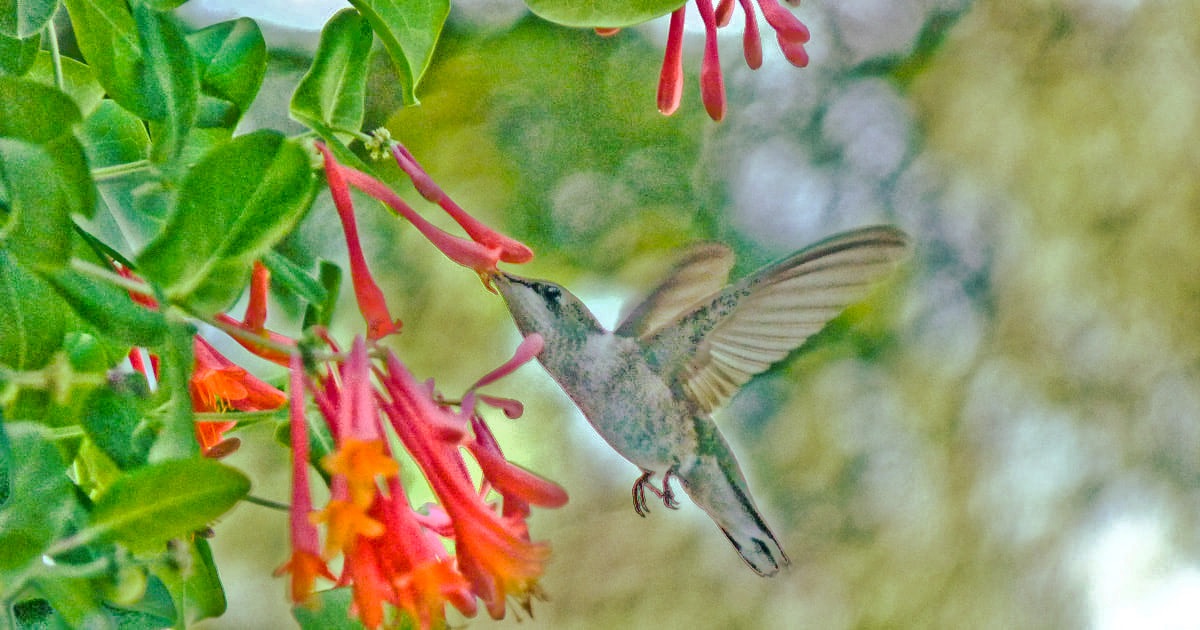

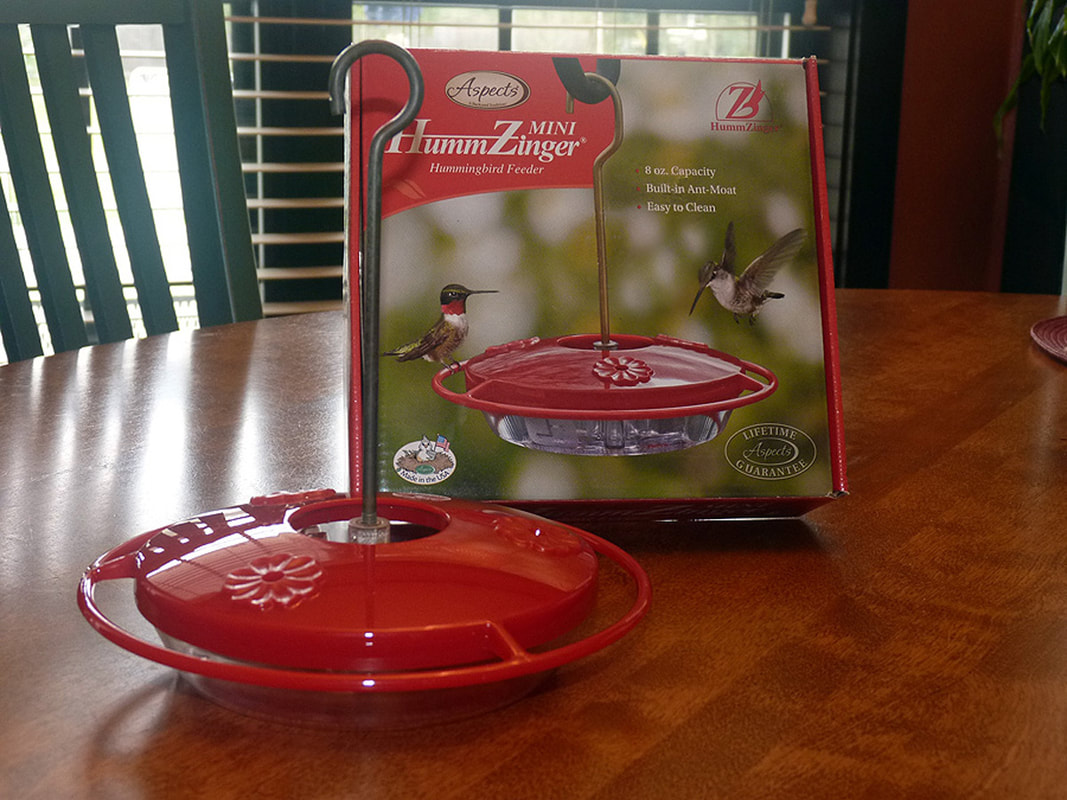
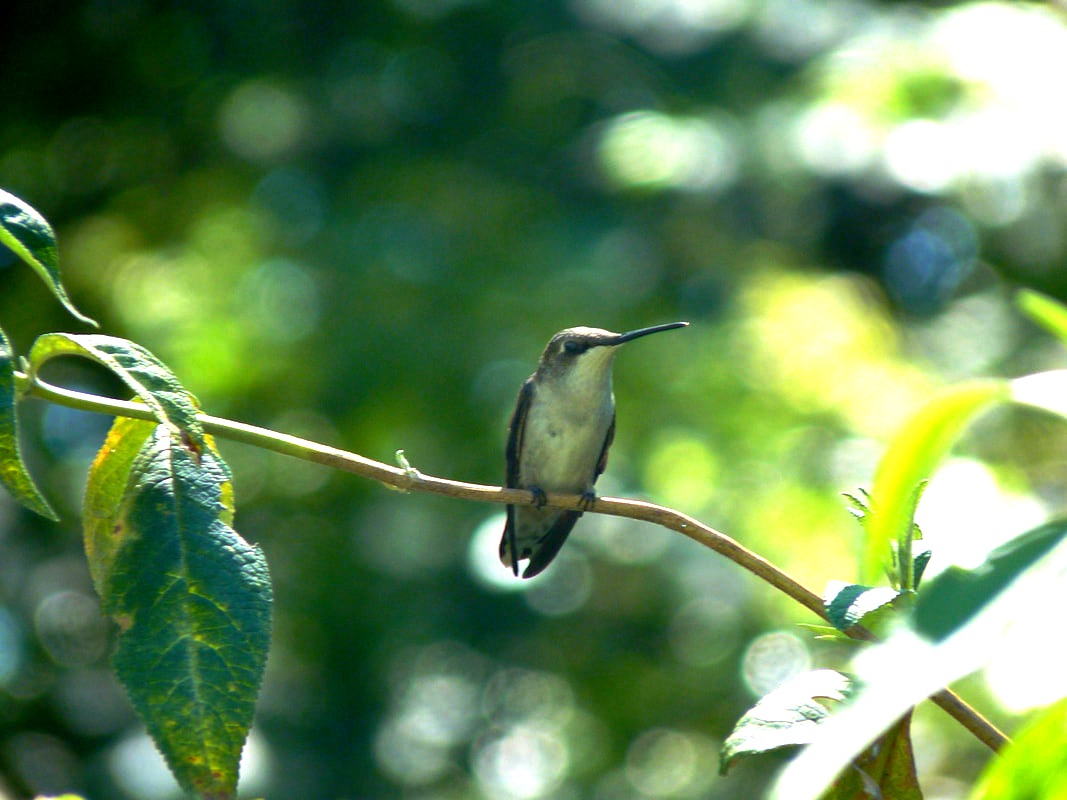
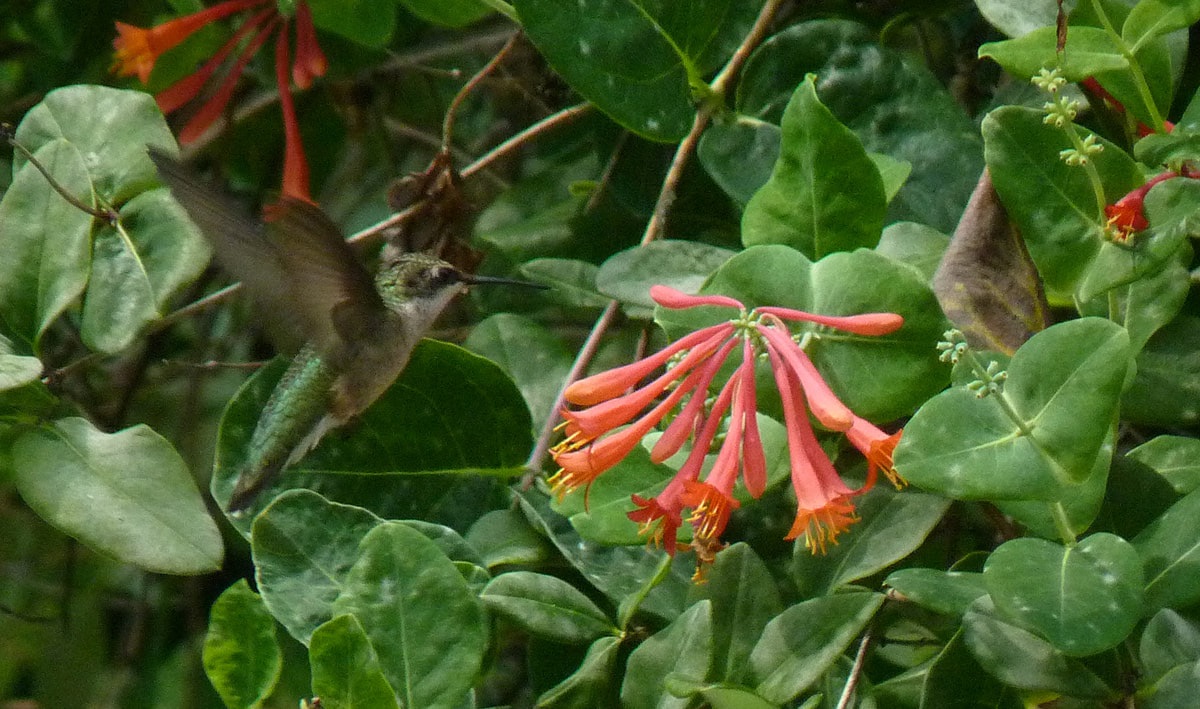
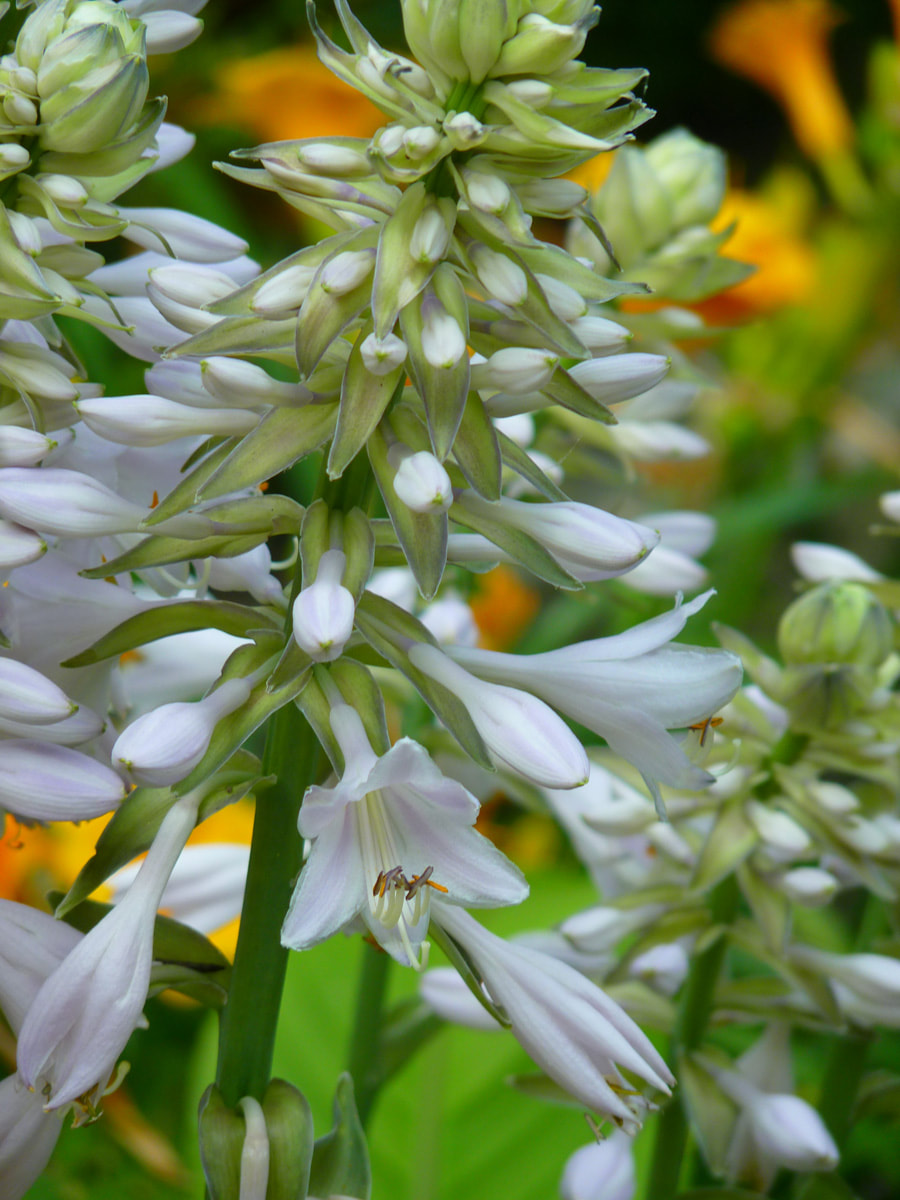

























 RSS Feed
RSS Feed























